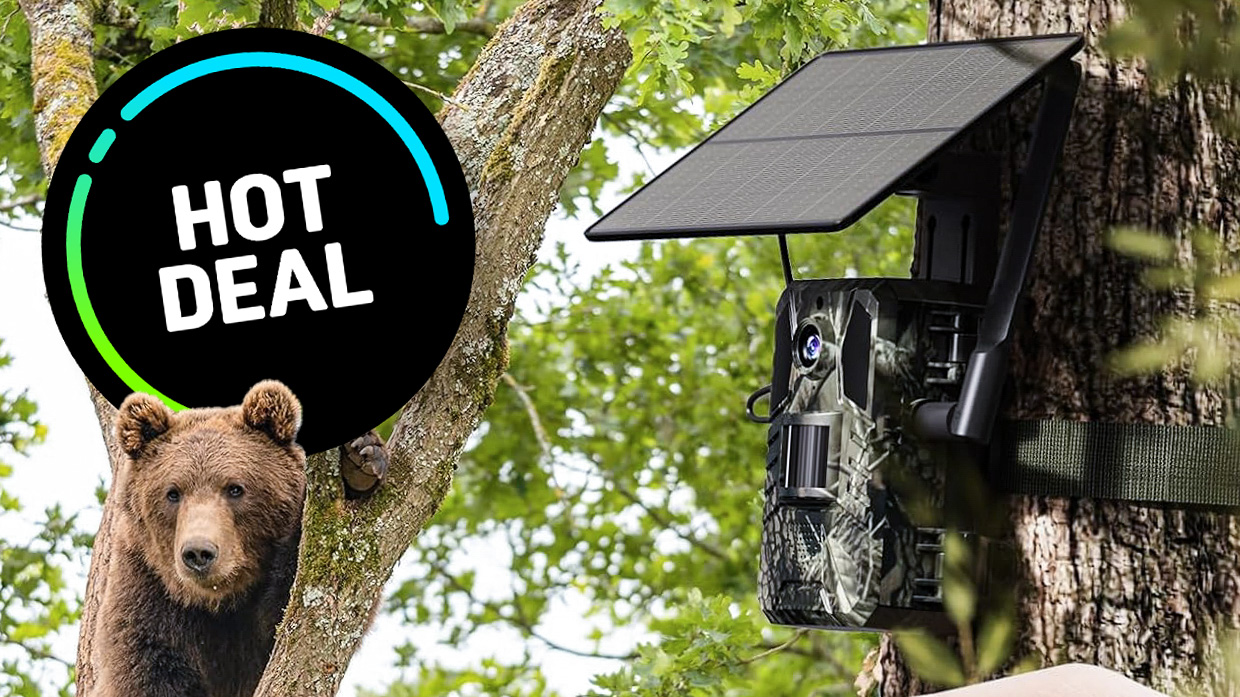This is why I switched from a Fujifilm X-T3 to a Sony A7 III
Both are amazing mirrorless cameras with their own advantages – but this is what gave the Sony A7 III the edge…
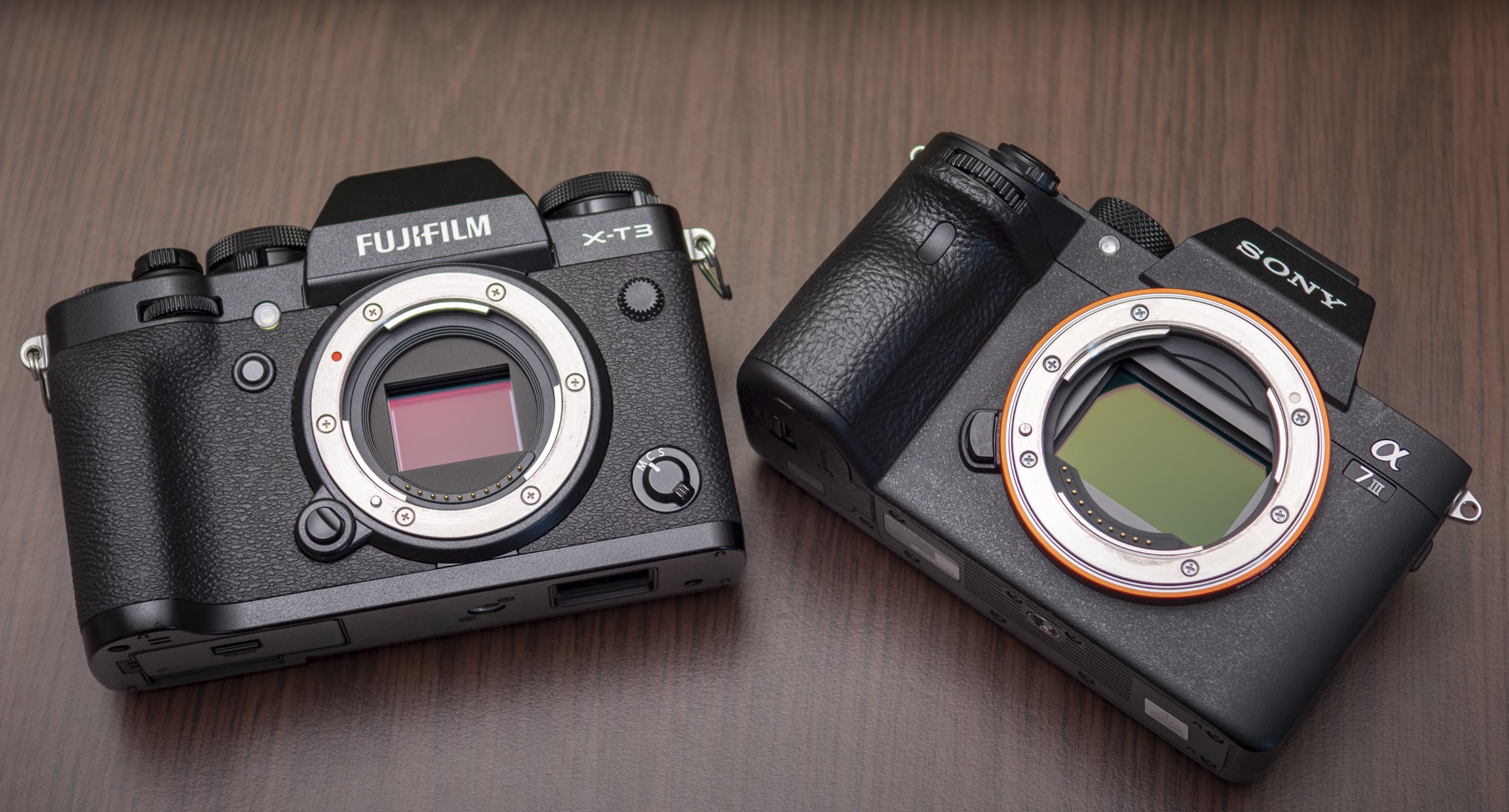
Choosing the right camera system for you is never easy. With so many options and each brand offering something slightly different, it can be a bit of a minefield. However, if you've been shooting with a particular system for years, choosing to switch over to a new mount is even harder – especially when you already know and love the system you use.
I recently traded in all my Fujifilm kit and switched over to a Sony A7 III. I absolutely loved my Fujifilm X-T3, but I had been in a few situations where the low light capabilities just weren’t cutting it. When I first started out in the world of photography, I used a Nikon D750, which was incredible in low light but the focusing system kept letting me down.
Read more: Best Sony lenses
I wanted a camera that would give me the low light capabilities of my Nikon D750 but the speedy focusing system of the Fujifilm X-T3. Now, when I say I spent months deliberating which system to choose, I really mean it. I went back and forth so many times between the Sony A7 III and the Panasonic Lumix S5. Specs-wise and for the money (it had cashback plus a trade-in bonus), the Panasonic S5 was probably the better camera, especially if you planned to shoot mostly video. However, I didn’t like how it felt in my hand and it used contrast-detect AF rather than phase-detect AF, which can be slower.
Eventually, I settled on the Sony A7 III and I haven't looked back. One of the other reasons I wanted to switch from the X-T3 was because, while it's video capabilities were excellent, it lacked in-body image stabilization. I didn’t own a gimbal and often found some footage from the X-T3 was too shaky to use, especially if I wasn’t using a lens with Optical Image stabilization (OIS).
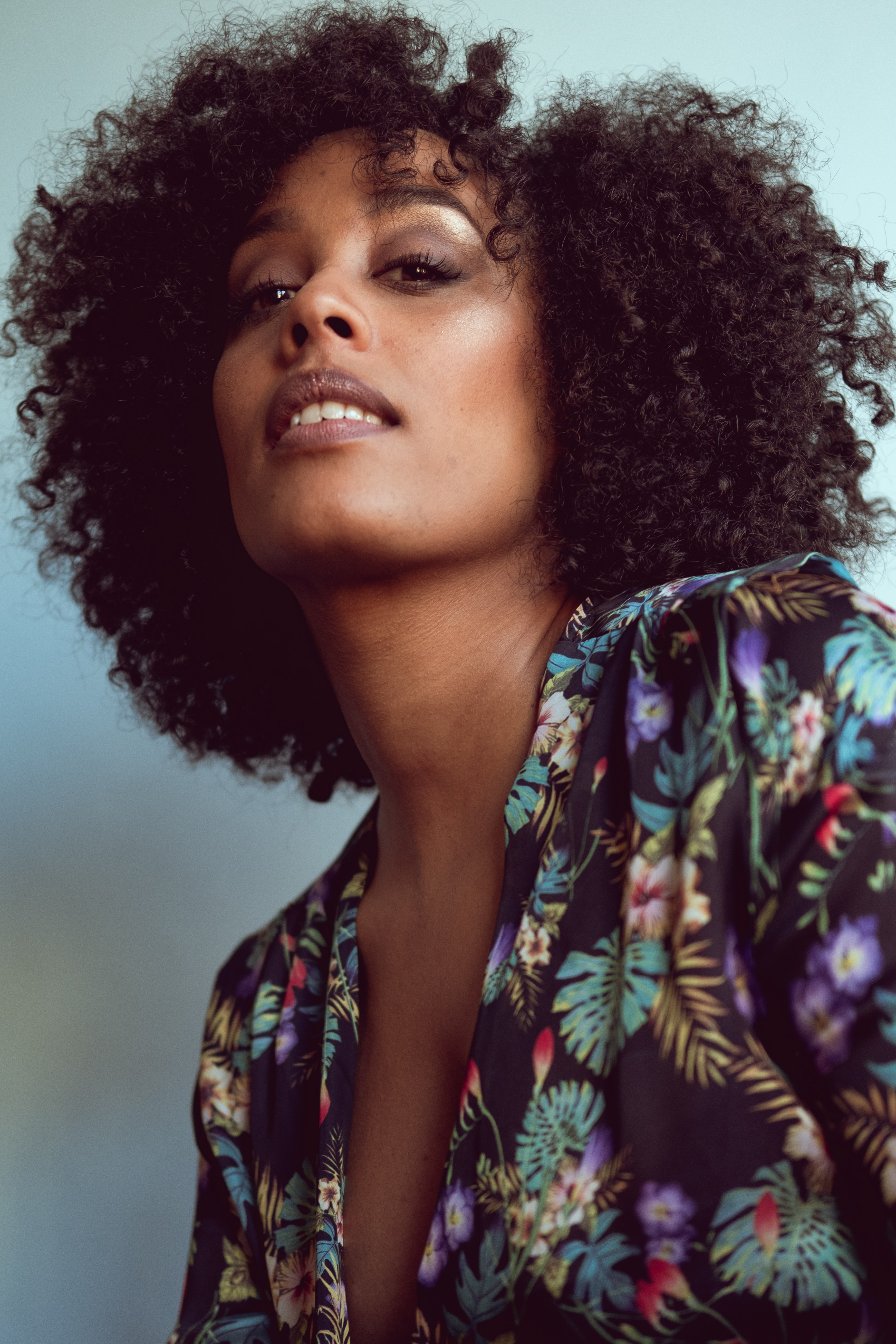
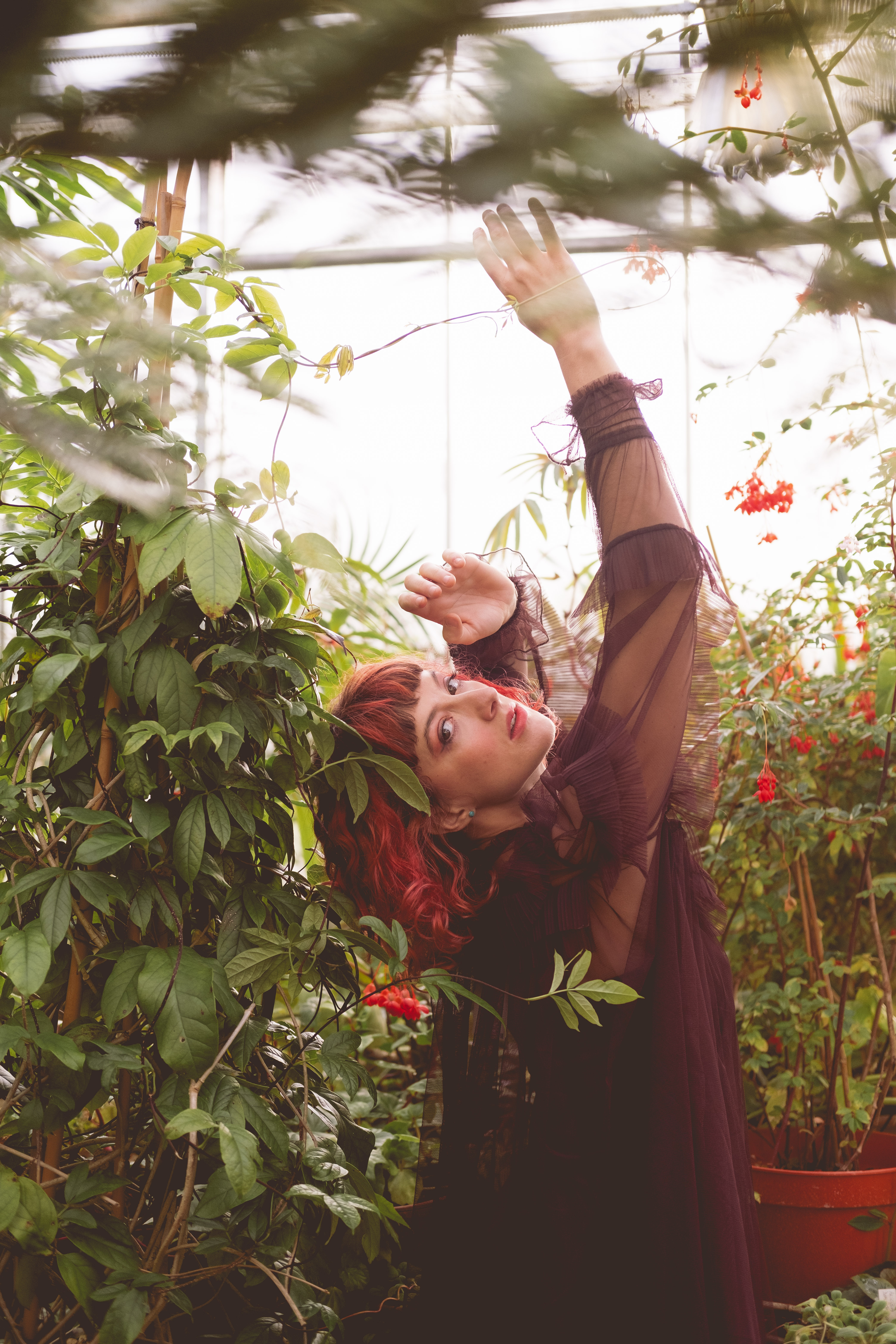
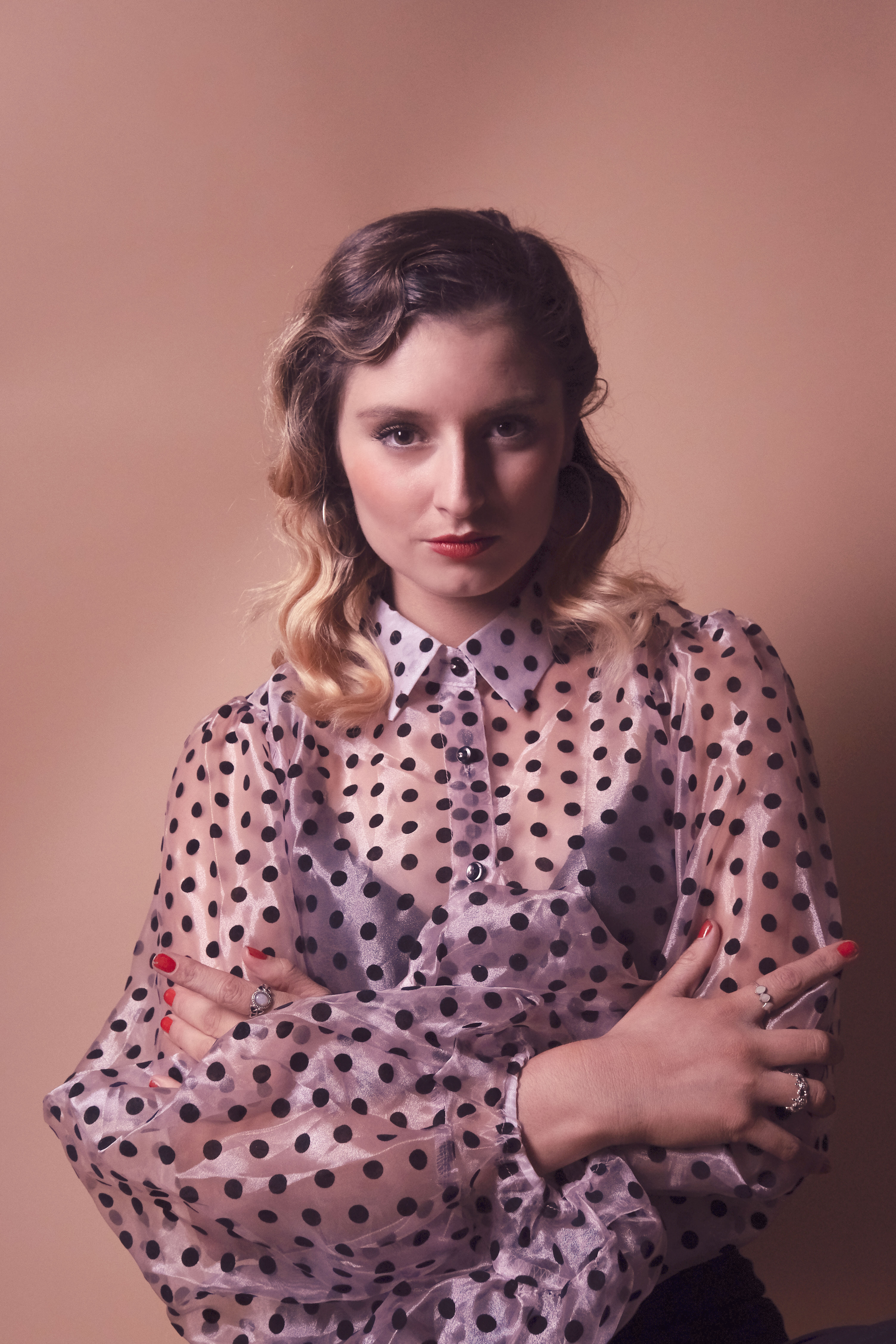
The Sony offered 5.5 stops of image shift stabilization, which not only meant I could shoot smoother, hand-held video, I could also shoot at slower shutter speeds with less camera shake. Before the pandemic hit, I shot a lot of gigs, festivals and events that often had ambient and colored light so being able to shoot at 1/60 meant I could keep my ISO down and my images would be less noisy.
The fact the Sony A7 III is still so popular, despite being released in 2018, shows what a good camera it is. However, the one area it really falls down is the resolution of the viewfinder. It makes people’s skin tones look grey and the image appears noisier than it does on a computer screen. Another unfortunate drawback is that the menu system is admittedly confusing at first, but after a few days with the camera system, it became much easier to understand. Ultimately, these two aspects weren't enough to put me off making the purchase. The Sony systems are also known for having incredible dynamic range. The Sony A7 III has 15 stops compared to 9.5 stops on the X-T3, which meant that I could expose images more accurately and recover more highlights and shadows in post-processing.
Get the Digital Camera World Newsletter
The best camera deals, reviews, product advice, and unmissable photography news, direct to your inbox!
However, there are some things I miss about my X-T3, which is why I held onto it for so long and parted with it begrudgingly. I love the manual exposure dials on top of the camera. Not only does it feel like you’re shooting with an analog camera, but they make exposure adjustments so quick and easy to do. I also loved the size of the X-T3. For some people the grip wasn’t big enough, but for my small hands, it fitted perfectly and I never felt like I was going to drop it.
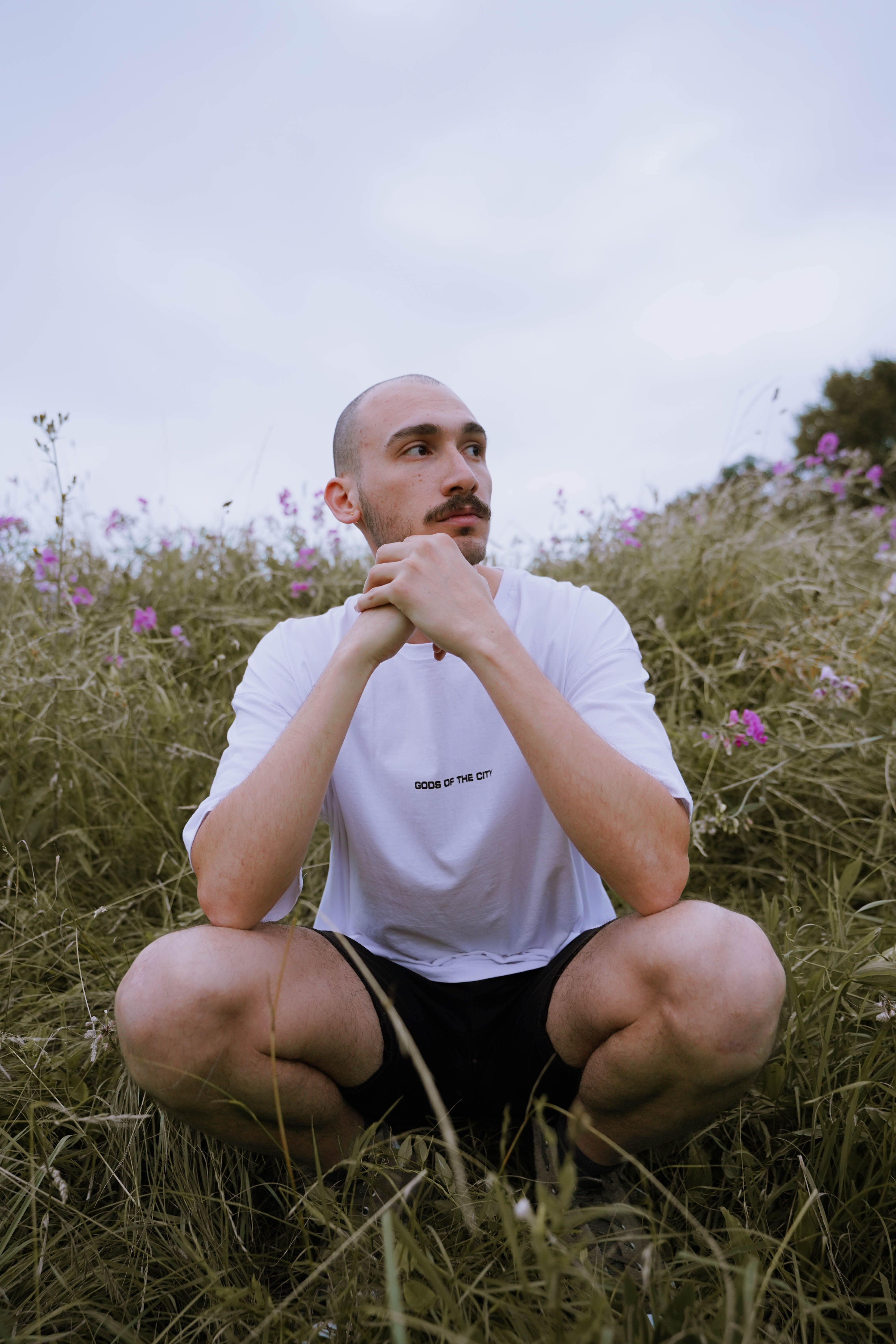
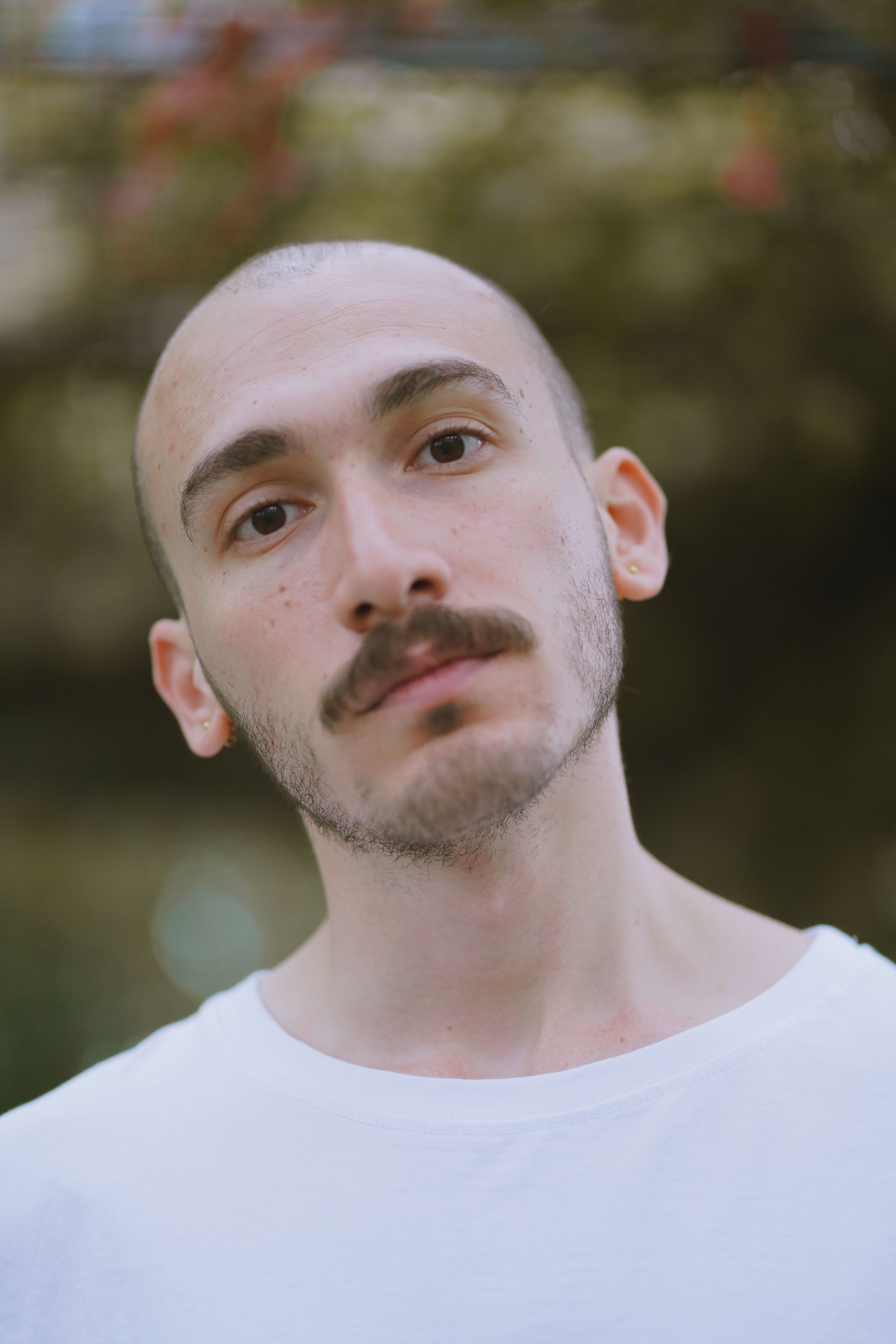
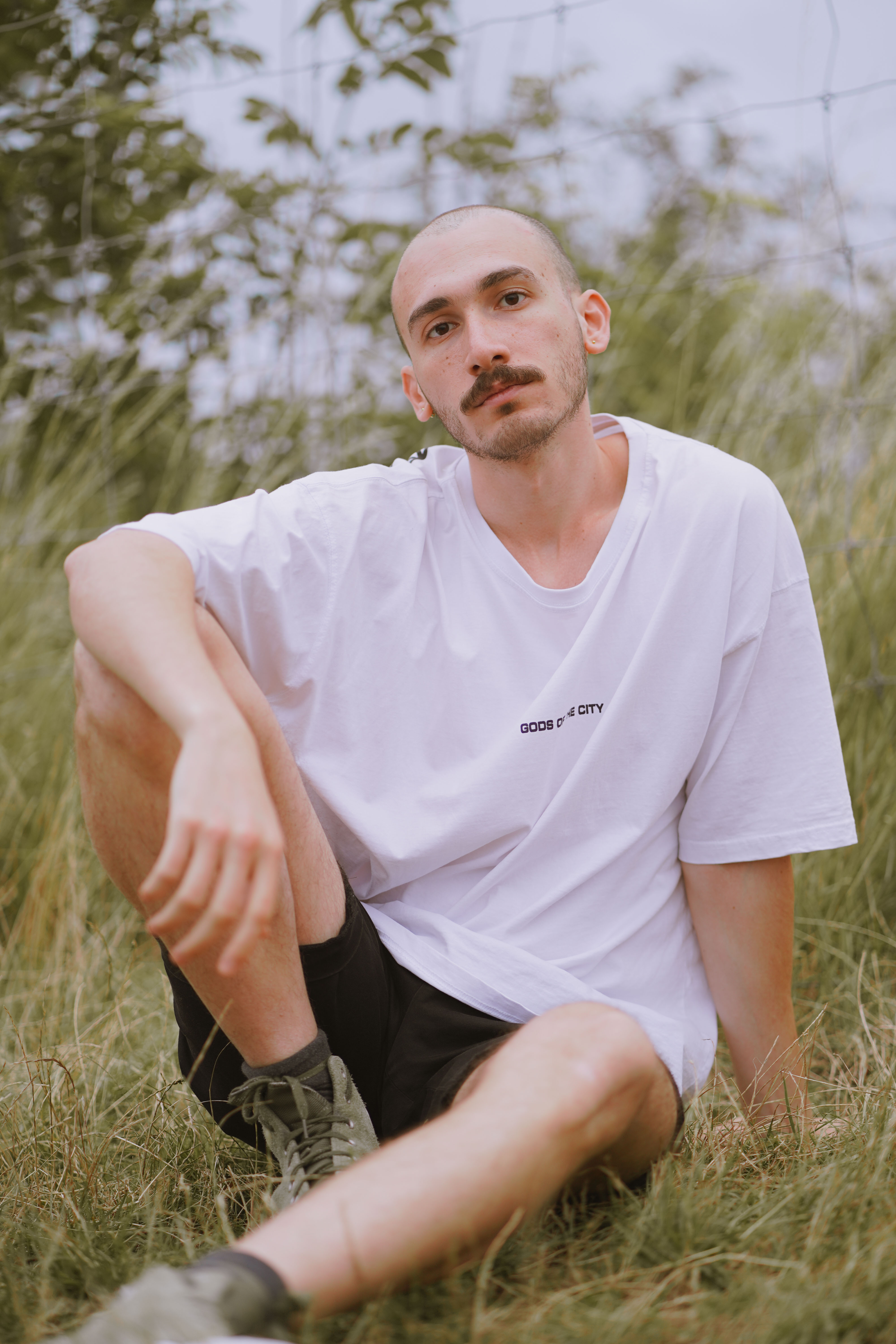
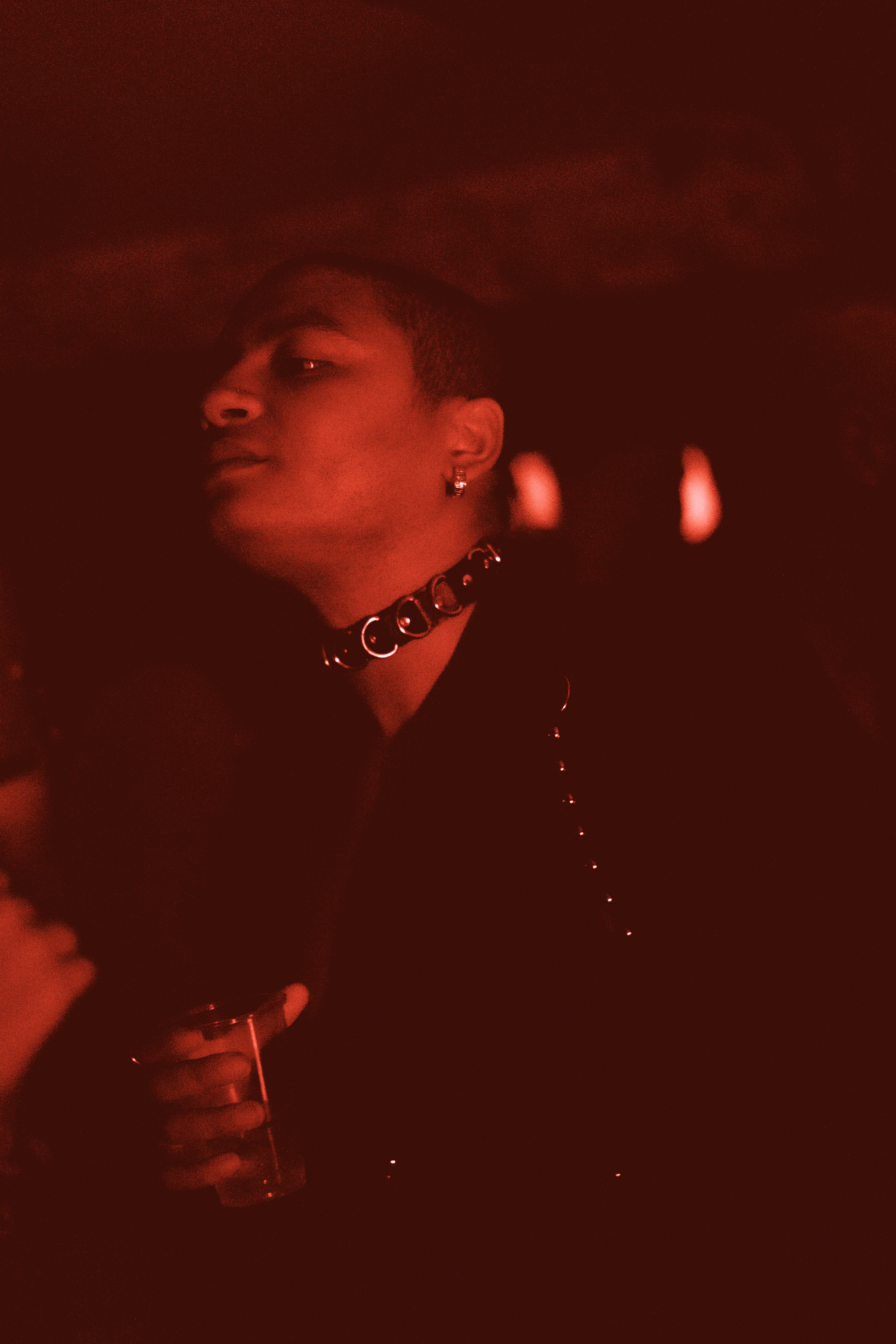
I’ve recently started shooting a lot more product photography and I sometimes found that the depth of field I got from my X-T3 wasn’t as exaggerated as I wanted, even when shooting on the Fujifilm XF 35mm f/2.0 lens. I wanted to achieve that super-soft, blurred background and pinpoint central focus, which is much easier to achieve when shooting on a full-frame camera at the same aperture.
Overall, both are brilliant cameras and you would have a hard time finding faults in either. I’ve still got my Fujifilm X-T1, which I often use when traveling or for outdoor activities where it may get a little more battered and bruised. My biggest reason for the swap was improved low light capabilities and in-body stabilization, as both of these features meant I could shoot in low light environments without having too much noise in my image. Even shooting as high as 12,800 ISO on my Sony, I can still take decent images that, with a little noise reduction, are completely useable for web and social media.
I'm very happy I made the switch but I would still recommend Fujifilm cameras over any other brand to someone who wants an APS-C body. For me though, the Sony A7 III is the perfect all-rounder – it's excellent in low light, you can shoot high-quality video and the tracking/eye detection makes taking portraits even easier.
Read more
Best Sony cameras
Best Fujifilm cameras
Best Sony Black Friday deals
Black Friday camera deals 2021

Having studied Journalism and Public Relations at the University of the West of England Hannah developed a love for photography through a module on photojournalism. She specializes in Portrait, Fashion and lifestyle photography but has more recently branched out in the world of stylized product photography. Hannah spent three years working at Wex Photo Video as a Senior Sales Assistant, using her experience and knowledge of cameras to help people buy the equipment that is right for them. With eight years experience working with studio lighting, Hannah has run many successful workshops teaching people how to use different lighting setups.
